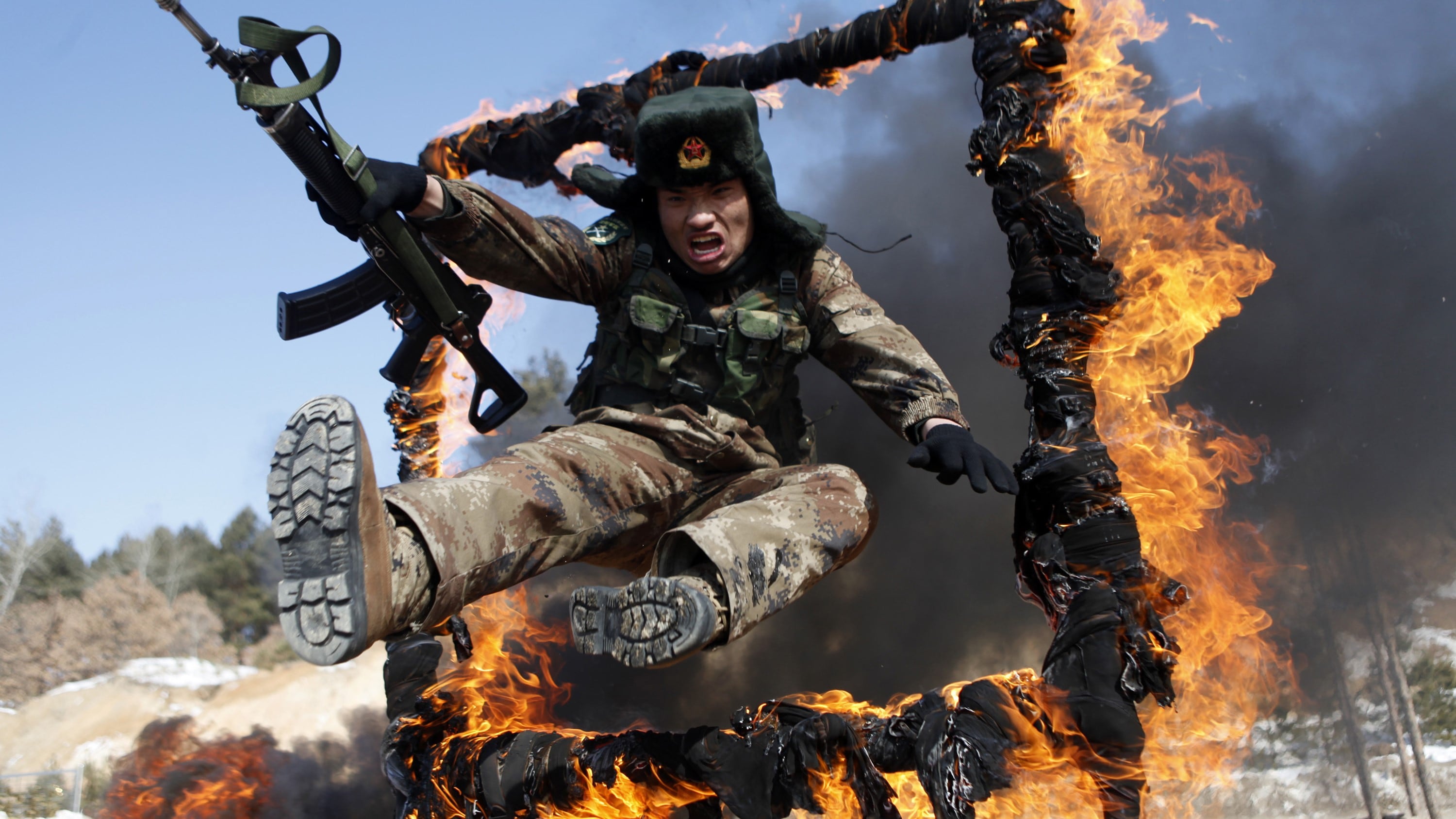A focus on land warfare may seem out of place in a region dominated by the Pacific Ocean, but what rocky shores do rise from the waves would offer important survivability options for U.S. troops and their equipment.
Ground forces are in a perfect place to capture those benefits were a war to break out in the Indo-Pacific theater, the commanding general of U.S. Army Pacific said Tuesday.
“There are those that are building anti-access, area denial bubbles,” through the use of long-range precision fires and long-range standoff weapons, Gen. Robert B. Brown said at the opening of the Association of the United States Army’s 2019 Land Forces of the Pacific Symposium. “They believe they have all our militaries figured out. That they know exactly how we fight in a very linear manner, not utilizing all the domains."
“When you look to the future, those A2AD can be defeated and the ground, the land, plays a key role in that, securing that,” Brown said.
Unlike the sea or air domains, land offers a bounty of cover and concealment, including jungles, swamps, rivers, mountains, caves and cities. That reality is also at play in the Pacific — a region home to 25,000 islands and more people than the rest of the world combined.
“Land is complex,” Brown said. “It’s definitely easier to hide things on land, and therefore land is much more survivable.”
That goes for Army forces, Marine forces, and all the services’ special operations forces, according to Brown. Those troops play a critical role “anywhere in the world, but certainly here in the Pacific with the 25,000 islands,” he said.
RELATED

The possibility that land forces could survive salvos of missiles or naval and air fires would be key in keeping lines of communication open for coordinating joint forces, as well as orchestrating cyber operations and responding with retaliatory strikes.
If the U.S. military were to defend against an aggressive Chinese attack on disputed territory, such as Taiwan or the Ryukyu Islands, existing air and sea ports may be within lethal range of China’s ballistic missiles and modernized air forces.
That threat was highlighted by a 2017 RAND Arroyo Center study sponsored by the Army. It also noted that even expeditionary bases would be vulnerable once discovered and projecting power into a region in the midst of a crisis could exacerbate it.
Army-owned counter-A2AD systems, such as land-based sea denial missiles, long-range strike missiles, air defense batteries and electronic warfare systems, would be key in such a scenario. The Army has been ramping up its focus on air and coastal defenses in light of these Pacific challenges.

The dynamic is also somewhat of an inverse of what existed during the World War II island-hopping campaign in the region.
“In World War II, air and maritime enabled land in the Pacific, as six corps and 80-plus divisions were fighting across [it]," Brown said.
Air and naval forces supported land troops, who would seize airfields and then enable air and maritime in return, according to Brown.
“Now you can look and it’s reversed a little bit, because of long-range precision fires, stand-off [weapons], and changes in the complexity. You have many cases where land will enable air and maritime to get in," he said.
At the heart of the Army’s mission in the Pacific, though, is a need for joint operations with the other services. In some cases, the Army will be well poised to serve as the coordinating arm for joint missions, syncing all the services together, especially if its assets are the most survivable.
“All the domains need to work together," Brown said. "But land plays a fundamental role, and from the land you’ll be more secure and therefore can impact that A2AD ... and be much less predictable.”
Kyle Rempfer was an editor and reporter who has covered combat operations, criminal cases, foreign military assistance and training accidents. Before entering journalism, Kyle served in U.S. Air Force Special Tactics and deployed in 2014 to Paktika Province, Afghanistan, and Baghdad, Iraq.





